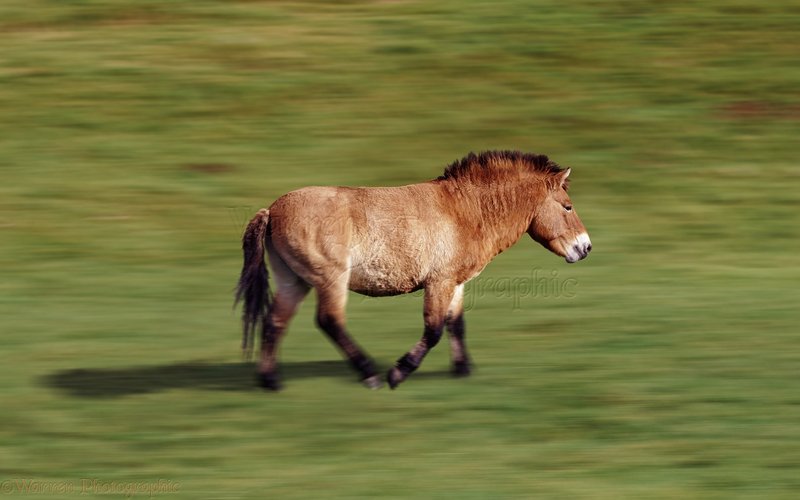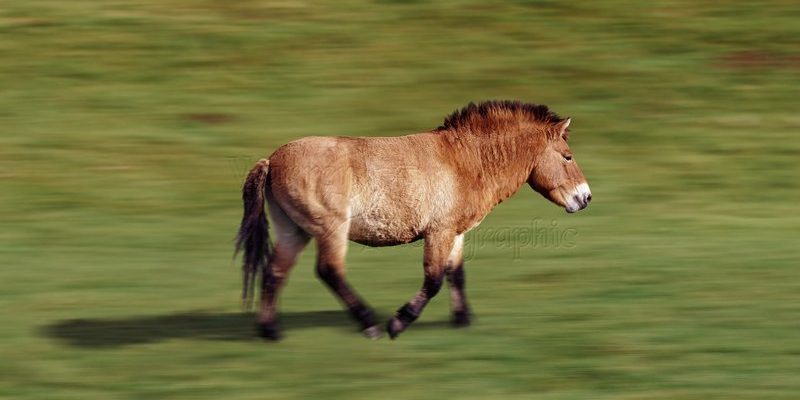
Encountering a Przewalski’s horse in the wild can be both thrilling and a little daunting. Their wild spirit and historical significance make them an extraordinary presence. So, what do you do if you stumble upon one during your adventures? Let me explain what steps to take for an unforgettable experience—one that’s safe and respectful for both you and these incredible animals.
Understanding Przewalski’s Horse
Before heading into the field, it’s helpful to know a bit more about Przewalski’s horses. These horses are characterized by their short, stocky build, and unique coat, which can be a sandy brown color with a darker mane. Unlike domestic horses, they have never been fully domesticated, which gives them a wild essence that’s fascinating to observe.
You might be wondering why these horses are so special. For starters, they are often considered a symbol of wildlife conservation because they were declared extinct in the wild during the 20th century. Thanks to dedicated conservation efforts, they’ve made a comeback. Today, they roam freely in parts of Mongolia and can be found in several wildlife reserves. Knowing their background can give you a deeper appreciation during your encounter.
When you spot a Przewalski’s horse, remember that they are not just another animal; they are part of a greater ecosystem. Their interactions with the environment influence the biodiversity around them, making them crucial players in their habitat.
Stay Calm and Observant
If you happen to encounter a Przewalski’s horse, the first thing to do is stay calm. I know, it’s exciting! But acting suddenly can startle the horse and lead to unexpected reactions. Take a moment to breathe and take in the scene. Slow down and observe the horse’s behavior. Are they grazing peacefully, or are they alert and watching you?
It’s also essential to keep a respectful distance. Przewalski’s horses can be wary of humans, and approaching too closely can stress them out. Aim to stay at least 50 meters (about 165 feet) away if possible, as this distance allows you to appreciate their beauty without impinging on their comfort.
By staying calm and observing from a distance, you’re doing your part to ensure the horse feels secure in its environment. This also enables you to enjoy the moment and capture the beauty of this wild creature without intruding on its natural behavior.
Documenting the Encounter
Now that you’ve spotted the horse and are keeping a respectful distance, you might want to document your encounter. Whether you’re a photographer or just someone who enjoys taking pictures for memories, capturing this moment can be thrilling. Just remember a few key points to keep in mind.
Firstly, if you’re using a camera or phone, avoid using a flash. Flash can be disruptive and may scare off the horse. Instead, focus on natural lighting, which often enhances the beauty of the scene. You might also want to consider using a zoom lens or the zoom feature on your phone to avoid getting too close.
Taking notes can also be essential. Jot down details about the horse’s behavior and the surrounding environment. This information can be valuable not only for your personal record but also for wildlife enthusiasts and researchers interested in these magnificent creatures. Making a habit of documenting your wildlife encounters can deepen your understanding and appreciation of nature.
Respecting Their Space
Respecting wildlife is crucial during any encounter, especially with a species as unique as the Przewalski’s horse. If the horse seems agitated or starts to move away, do not follow it. Instead, let it be. It’s their home, and you’re merely a visitor.
While it may be tempting to call attention to your find or share it on social media, be mindful that this can attract crowds or disrupt their natural environment. Instead, opt for quiet observation. If you’re in a group, encourage others to do the same. This ensures that everyone has a wonderful experience while also prioritizing the horse’s well-being.
You should also be cautious about interactions with the surrounding environment. Avoid trampling on vegetation or leaving any litter behind. Following the Leave No Trace principles helps maintain the area for future wildlife, including these beautiful horses.
Safety First
Safety should always be a priority when in the wild, especially when encountering any free-roaming animals. While Przewalski’s horses are generally not aggressive, they are still wild animals. If you notice signs of aggression, such as the horse snorting loudly or stomping its feet, it’s best to back away slowly and calmly.
Always be aware of your surroundings. Make sure to keep an eye out for other wildlife, too. Animals can react unpredictably, and you want to ensure your safety first. If you’re with others, communicate effectively about the experience so that everyone is on the same page.
Moreover, if you happen to be in a reserve or protected area, follow any posted guidelines regarding wildlife encounters. These rules are typically in place for everyone’s safety, including that of the animals.
Learn and Share
After your encounter, take some time to learn more about Przewalski’s horses and their habitat. Understanding their role in the ecosystem can deepen your appreciation and inspire you to share your experience with others. Whether you decide to write a blog post, share on social media, or talk to friends, spreading awareness about these magnificent horses is essential.
You might consider ways to contribute to their conservation, too. Many organizations work tirelessly to protect Przewalski’s horses and their habitats. Donating or volunteering with these organizations can be a fulfilling way to give back and make a positive impact.
Sharing your knowledge and passion for wildlife can inspire others to respect and appreciate nature, just like you did in your own encounter. Who knows? Your story might spark someone else’s interest in wildlife conservation!
Encountering a Przewalski’s horse in the wild is a rare and magical experience. By staying calm, respecting their space, and documenting your experience, you can enjoy this remarkable moment fully. Remember that these horses are not just animals to observe but a symbol of resilience and conservation.
As you leave the encounter, take with you not just memories, but a commitment to protect wildlife. Whether it’s by following the guidelines provided or spreading awareness, every bit helps to ensure future generations can also marvel at the beauty of the Przewalski’s horse. So, next time you venture into the wild, keep your eyes peeled for these incredible creatures and enjoy the journey together.

